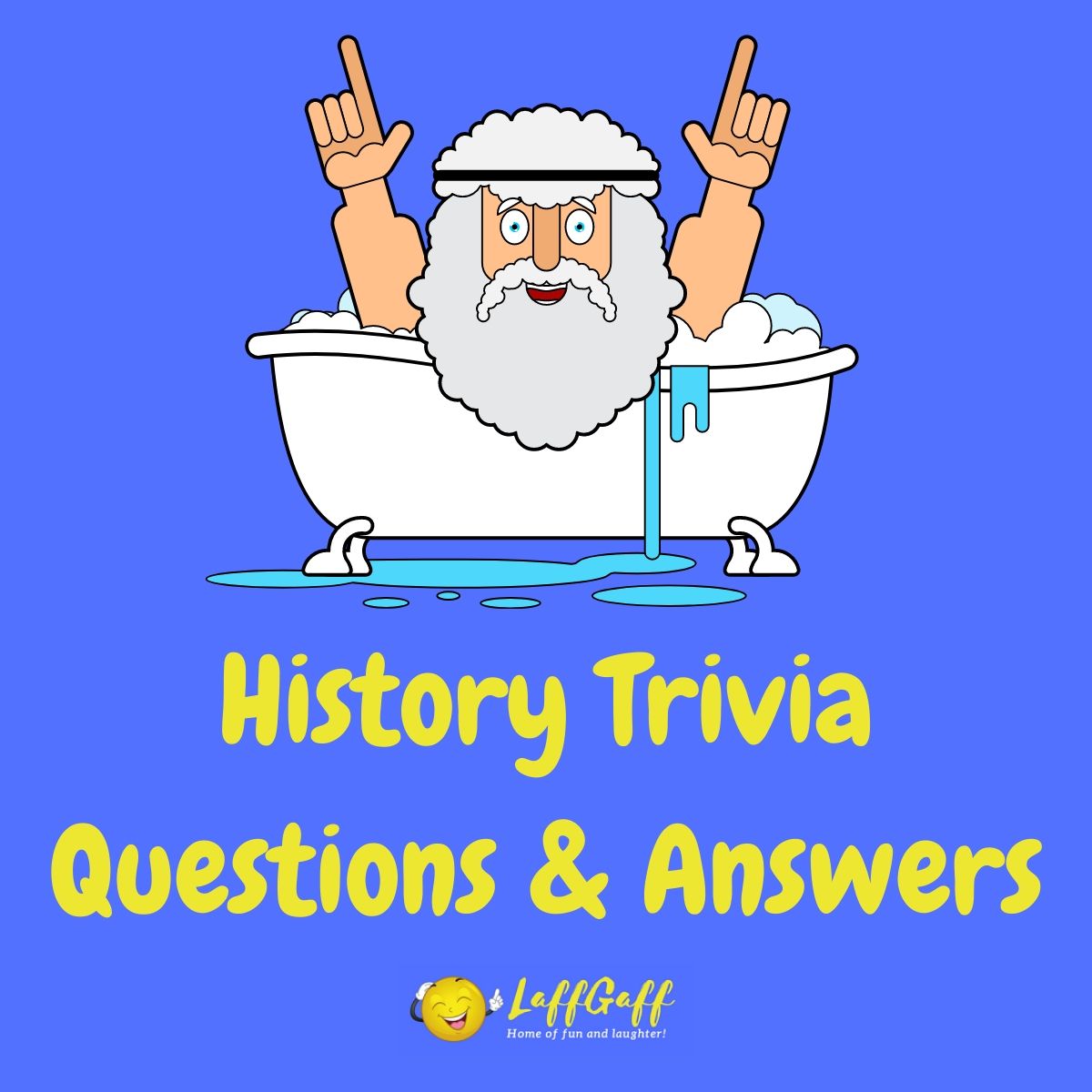Question: Who was the first female monarch of England?
Show answer
Mary I, also called Bloody Mary.
The first female monarch of England was Mary I, also known as Mary Tudor. Her reign marked a significant moment in English history, not only because she was the first queen regnant, but also due to the tumultuous and transformative period during which she ruled.
Mary I was born on February 18, 1516, to King Henry VIII and his first wife, Catherine of Aragon. Her birth was a significant event, as her parents had hoped for a male heir. However, Mary’s early life was overshadowed by her father’s desperate quest for a male successor, which eventually led to England’s break with the Roman Catholic Church and the establishment of the Church of England.
Mary ascended to the throne in 1553 after the death of her half-brother, Edward VI. Her accession was not straightforward, as Edward had named Lady Jane Grey, a Protestant, as his successor in an attempt to prevent Catholic Mary from becoming queen. However, Mary’s supporters rallied, and she successfully claimed her right to the throne, deposing Jane Grey, who was executed in 1554.
Mary’s reign was marked by her attempt to restore Roman Catholicism in England. This religious shift led to the Marian Persecutions, where numerous Protestants were executed, earning her the nickname “Bloody Mary.” Despite these attempts, her reign did not re-establish Catholicism in England permanently, as her successor, Elizabeth I, reverted the country back to Protestantism.
Mary’s marriage to Philip II of Spain was another significant aspect of her reign. The union was unpopular among her subjects, as it was feared that England would be subordinate to Spanish interests. This marriage, however, produced no heirs, and Mary’s inability to provide a successor was a source of personal and political disappointment.
Mary’s reign lasted just five years; she died in 1558, possibly from ovarian cysts or uterine cancer. Despite the brevity and turbulence of her rule, Mary I’s place in history as England’s first female monarch is undeniable. Her life and reign were characterized by religious and political challenges and her legacy is a complex one, reflecting the difficulties faced by a woman ruling alone in a male-dominated society.
The historical significance of Mary I’s reign goes beyond her gender. It reflects the intricate dynamics of power, religion, and gender during a pivotal period in English history. Her efforts to restore Catholicism had profound religious and political implications, shaping the religious landscape of England for years to come. Moreover, her story is a testament to the challenges faced by female rulers in a period when royal women were generally expected to assume roles of consort or regent, rather than monarch.



